For many, acne and pimples are inevitable parts of life—whether it’s during adolescence or later in adulthood, these blemishes can appear at the most inconvenient times. While it’s always best to avoid popping pimples, sometimes the urge to squeeze that blemish is just too strong. But how can you do it in a way that doesn’t leave you with scarring or even worse, more pimples?
In this comprehensive guide, we’ll explore the art of popping pimples like a pro—safely, effectively, and with minimal risk of damage to your skin. We’ll also cover skin care tips, treatments to help reduce breakouts, and expert advice on how to maintain healthy, glowing skin.
By the end of this article, you’ll not only know how to pop pimples like a professional but also how to prevent them from appearing in the first place. Whether you’re looking to improve your acne treatment routine or simply want to learn the best technique to handle an annoying pimple, this guide is your go-to resource.
Chapter 1: Understanding Acne and Pimples
Before diving into the “how” of pimple popping, it’s important to understand the “why” behind pimples. Acne is a skin condition that occurs when hair follicles become clogged with oil, dead skin cells, and sometimes bacteria. This blockage can lead to the formation of pimples, blackheads, whiteheads, cysts, and other types of blemishes.
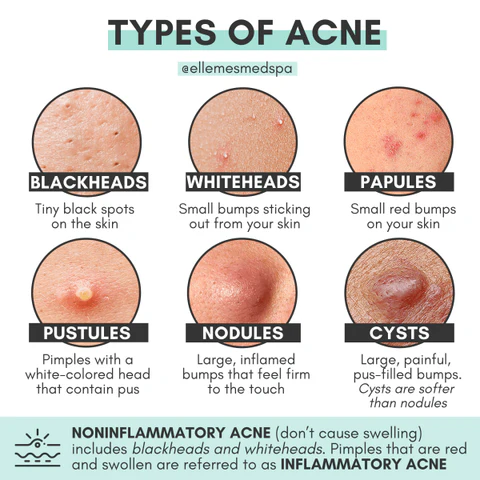
The Causes of Acne
Pimples can arise for a variety of reasons:
- Hormonal changes: Puberty, menstruation, pregnancy, and conditions like polycystic ovary syndrome (PCOS) can trigger hormone fluctuations that lead to breakouts.
- Excess oil production: Overactive sebaceous glands can produce more oil (sebum) than the skin needs, clogging pores.
- Bacteria: The skin contains bacteria like Propionibacterium acnes, which can become trapped inside pores, causing inflammation and pimples.
- Diet and lifestyle: Diets high in refined sugars, dairy, and processed foods may exacerbate acne, as can stress, lack of sleep, and poor hygiene.
- Medications and cosmetics: Some medications, including steroids and certain birth control pills, as well as comedogenic (pore-clogging) makeup, can also contribute to breakouts.
Types of Pimples
- Whiteheads: Small, closed bumps caused by blocked hair follicles.
- Blackheads: Open pores that are clogged with oil and dirt, which oxidize and turn dark at the surface.
- Papules: Small, red, inflamed bumps without a head.
- Pustules: Pimples with a visible white or yellow center filled with pus.
- Nodules and Cysts: Larger, painful, and deeper lesions that can result in scarring.
Understanding the different types of acne can help you determine the best course of treatment and when to seek professional care.
Chapter 2: Is It Okay to Pop Pimples?
While the act of popping pimples might seem like a quick fix, dermatologists generally advise against it. Popping pimples improperly can lead to:
- Infection: Squeezing can push bacteria deeper into the skin, causing further inflammation or even an infection.
- Scarring: Popping a pimple with dirty hands or using improper techniques can result in scarring and dark spots that take longer to heal.
- Worsening the Acne: Improper extraction may force pus and bacteria deeper into the skin, worsening the acne.
However, if you’re determined to pop a pimple, it’s important to do so carefully and with the right tools. In some cases, popping a pimple may provide temporary relief and can prevent the blemish from getting bigger or more painful.
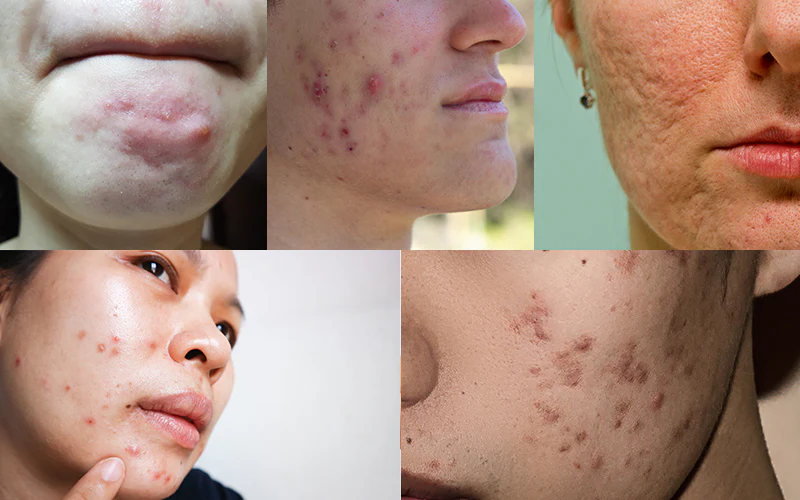
When Should You Pop a Pimple?
You should never pop a pimple until it’s fully matured—meaning it has a visible white or yellow head. This indicates that the pus is at the surface, and you’re more likely to remove it safely without pushing bacteria deeper.
Chapter 3: Step-By-Step Guide to Popping Pimples Like a Pro
If you’ve decided that you must pop a pimple, follow these steps to ensure you’re doing it as safely and effectively as possible:
Step 1: Gather Your Tools
Using the right tools is essential for minimizing the risk of infection and scarring. You’ll need:
- Cotton pads or swabs: To clean your hands and the affected area.
- Sterile needle or comedone extractor: A sterile needle can help you gently puncture the pimple if it hasn’t formed a head yet, while an extractor is designed to safely remove the contents.
- Tissues or gauze: For cleaning up any residue and to apply gentle pressure.
- Alcohol or antiseptic solution: To disinfect your tools and your skin.
Step 2: Cleanse Your Skin
Before touching your face, wash your hands thoroughly with soap and warm water. Clean the affected area with a gentle cleanser that won’t irritate your skin. This helps remove dirt and bacteria that could further infect the pimple.
Step 3: Steaming the Pimple
A few minutes of steam can open up your pores and soften the skin, making it easier to extract the contents of the pimple. Hold your face over a bowl of hot water or use a warm, damp towel for about 5-10 minutes.
Step 4: Sterilize Your Tools
Disinfect your needle, comedone extractor, and any other tools you plan to use with rubbing alcohol or an antiseptic solution. This is crucial to prevent introducing new bacteria into your pores.
Step 5: Gently Extract the Pimple
Once the pimple has formed a visible head, use a clean, sanitized needle to gently puncture the tip of the pimple. Be careful not to press too hard or go too deep. If the pimple has a visible whitehead, you can use your fingers (with tissues wrapped around them) to gently squeeze the area. Apply light, even pressure and stop if the pimple doesn’t release easily.
Step 6: Aftercare
Once the pimple is fully drained, clean the area with an alcohol wipe or an antiseptic solution to ensure any bacteria are eliminated. Apply a soothing acne treatment, such as benzoyl peroxide or salicylic acid, to help prevent further breakouts. Avoid touching the area again to reduce the risk of re-infection.
Chapter 4: How to Prevent Pimples from Appearing
While popping pimples might provide temporary relief, preventing them in the first place is always the best strategy. Here are some tips to help reduce the frequency and severity of acne breakouts:
1. Cleanse Regularly
Washing your face twice daily with a gentle, non-comedogenic cleanser can help remove excess oil, dirt, and impurities that clog your pores. Avoid over-cleansing, as this can strip your skin of essential oils, which may actually lead to more oil production and breakouts.
2. Use Non-Comedogenic Products
Always opt for makeup, sunscreen, and skin care products that are labeled as “non-comedogenic,” meaning they won’t clog pores. Regularly cleaning your makeup brushes and removing your makeup at night is equally important.
3. Exfoliate Gently
Exfoliating once or twice a week helps remove dead skin cells that could clog pores. Look for exfoliators with mild exfoliating agents, such as salicylic acid or alpha hydroxy acids (AHAs), rather than harsh physical scrubs that could irritate your skin.
4. Use Topical Treatments
Topical treatments such as benzoyl peroxide, salicylic acid, or sulfur-based creams can help reduce acne. Retinoids can also help prevent future breakouts by increasing cell turnover.
5. Maintain a Healthy Diet
A balanced diet rich in antioxidants, vitamins, and minerals can support skin health. Some people find that reducing their intake of dairy and sugar helps reduce acne. Drinking plenty of water and eating anti-inflammatory foods like fruits, vegetables, and whole grains can also support healthy skin.
6. Don’t Touch Your Face
Avoid touching your face throughout the day. The oils and bacteria on your hands can transfer to your skin, causing new breakouts.
7. Manage Stress
Stress can trigger hormonal changes that lead to acne. Try relaxation techniques such as yoga, meditation, or regular exercise to keep your stress levels in check.
Chapter 5: Professional Acne Treatments
If home remedies and skincare routines aren’t enough to control your acne, consider seeking professional treatment from a dermatologist. Some of the most effective professional treatments include:
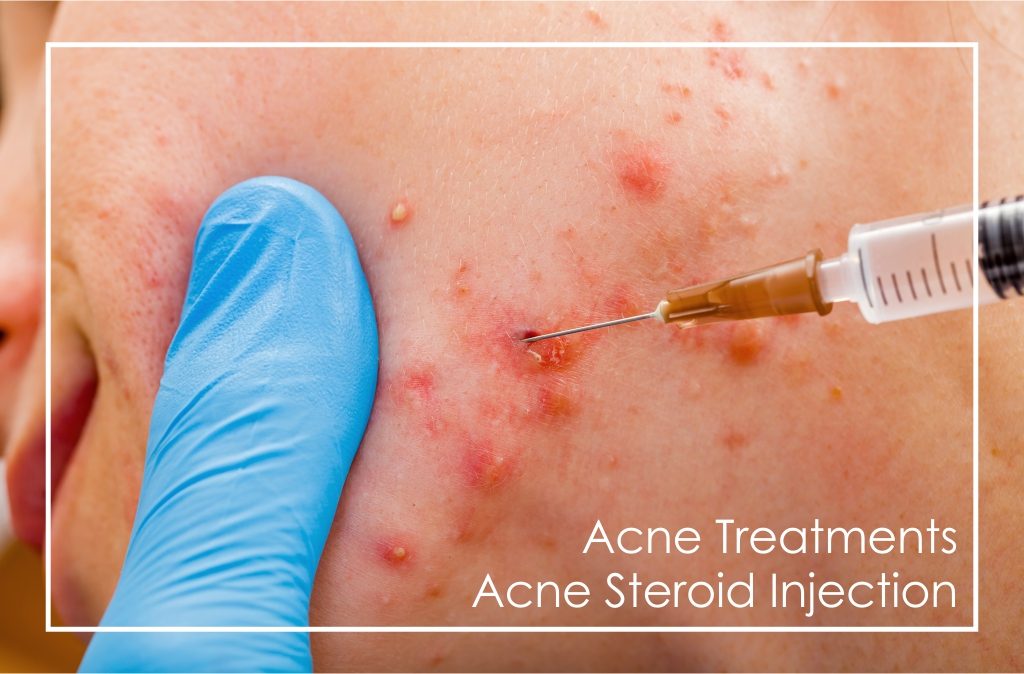
1. Chemical Peels
Chemical peels use strong acids to exfoliate the skin and unclog pores. They can help reduce acne and improve skin texture.
2. Laser Therapy
Laser treatments, such as blue light therapy, target the bacteria responsible for acne and can help reduce breakouts.
3. Extractions by a Dermatologist
If you have persistent, painful pimples or cysts, a dermatologist can perform extractions using sterile tools and techniques to safely remove the acne.
4. Prescription Medications
For more severe cases of acne, oral medications such as antibiotics, oral contraceptives (for women), or even isotretinoin (commonly known as Accutane) may be prescribed.
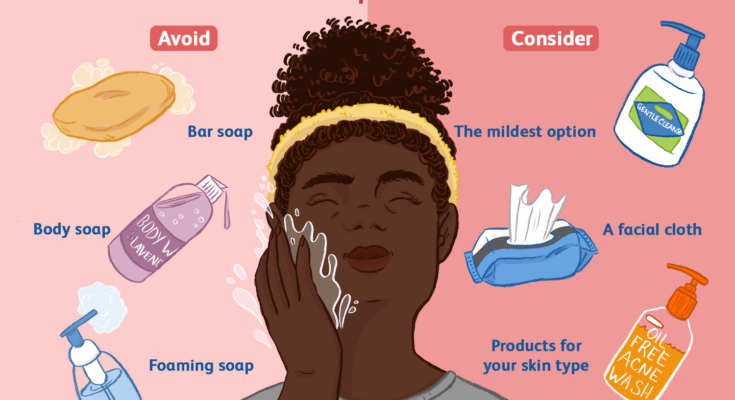
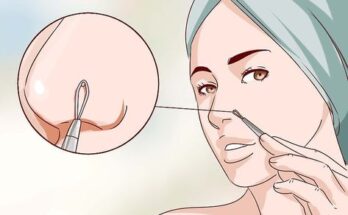
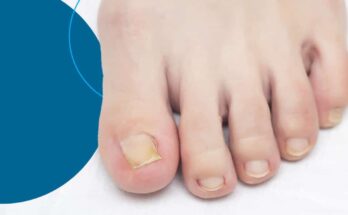
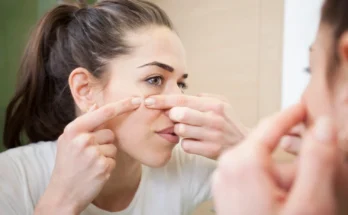
Thank you for writing this post!
My husband and i were absolutely joyful that Albert managed to do his investigation from the ideas he got through your site. It is now and again perplexing to simply choose to be giving away secrets that many many people might have been making money from. And now we figure out we now have the website owner to thank for this. The illustrations you made, the easy blog navigation, the relationships you will help to create – it’s got most incredible, and it’s really letting our son and our family imagine that the issue is interesting, and that is unbelievably serious. Thank you for the whole lot!
Thanks for discussing your ideas with this blog. In addition, a delusion regarding the banking institutions intentions whenever talking about property foreclosures is that the lender will not have my repayments. There is a specific amount of time that the bank will need payments here and there. If you are very deep within the hole, they may commonly desire that you pay the particular payment entirely. However, that doesn’t mean that they will have any sort of installments at all. In case you and the traditional bank can have the ability to work anything out, the actual foreclosure procedure may cease. However, in case you continue to neglect payments wih the new approach, the foreclosed process can pick up where it was left off.
Thanks for the suggestions you have discussed here. Furthermore, I believe usually there are some factors which keep your auto insurance premium down. One is, to contemplate buying automobiles that are in the good set of car insurance businesses. Cars which might be expensive will be more at risk of being stolen. Aside from that insurance policies are also in line with the value of your automobile, so the more expensive it is, then the higher this premium you make payment for.